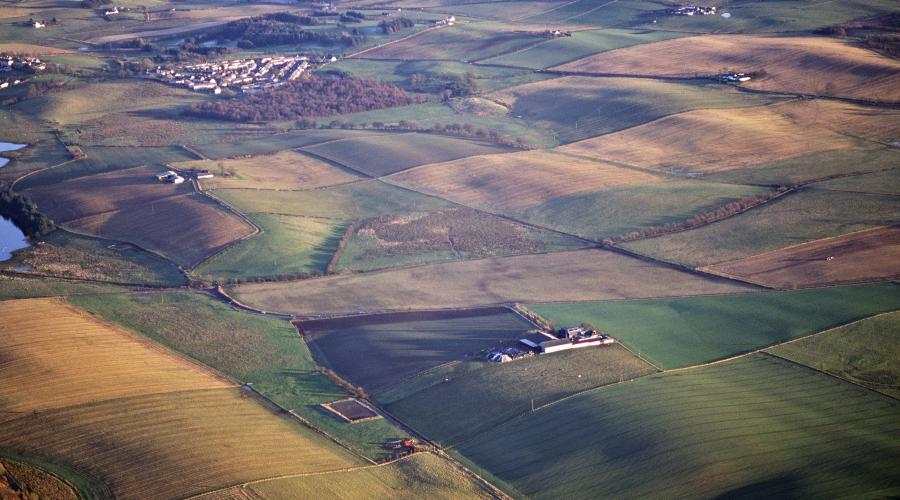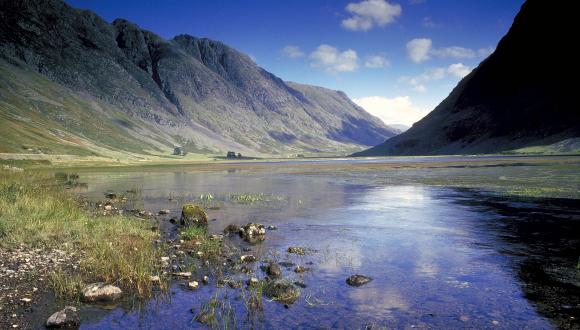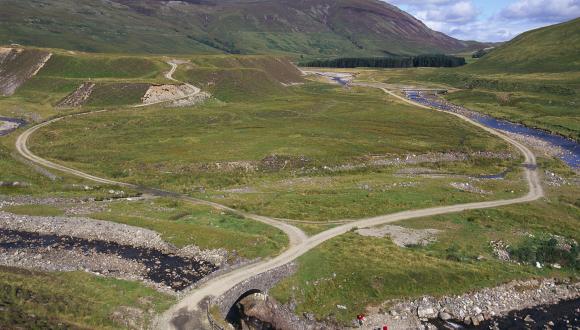
Ice-transported debris
Displaced rocks and sediment are a lasting legacy of the glaciers and a great source of information about the past.
Glaciers transport rocks and rock debris of all shapes and sizes – even tiny particles known as ‘rock flour’ – on their surface and at their base. Glaciers can carry rocks long distances before depositing them.
Rocky evidence left behind by the glaciers in Scotland can tell us the direction in which the ice moved and how far it travelled. For example, chunks of granite from Rannoch Moor now lie scattered over the Drumochter Hills to the east.
An earthy legacy
The glaciers deposited rock debris on the ground beneath them when they slowed down and as valleys widened.
Such deposits, known as till are very common in the lowlands and in upland valleys. They provide the parent material for many of our soils, as in East Lothian and Strathmore.
In places, the glaciers moulded and streamlined the till to form drumlins, as in the Tweed Valley, around Glasgow and in the Solway Lowlands.
Moraines
The glaciers deposited ‘moraines’ where they stopped. The best examples are associated with the Loch Lomond Readvance glaciers and can be seen:
- around Loch Lomond’s south end
- near Buchlyvie
- at Callander
- in many Highland glens and corries
Elsewhere, the glaciers deposited ‘hummocky’ moraine, in the form of hundreds of hillocks, on valley floors – most notably in Glen Torridon.







